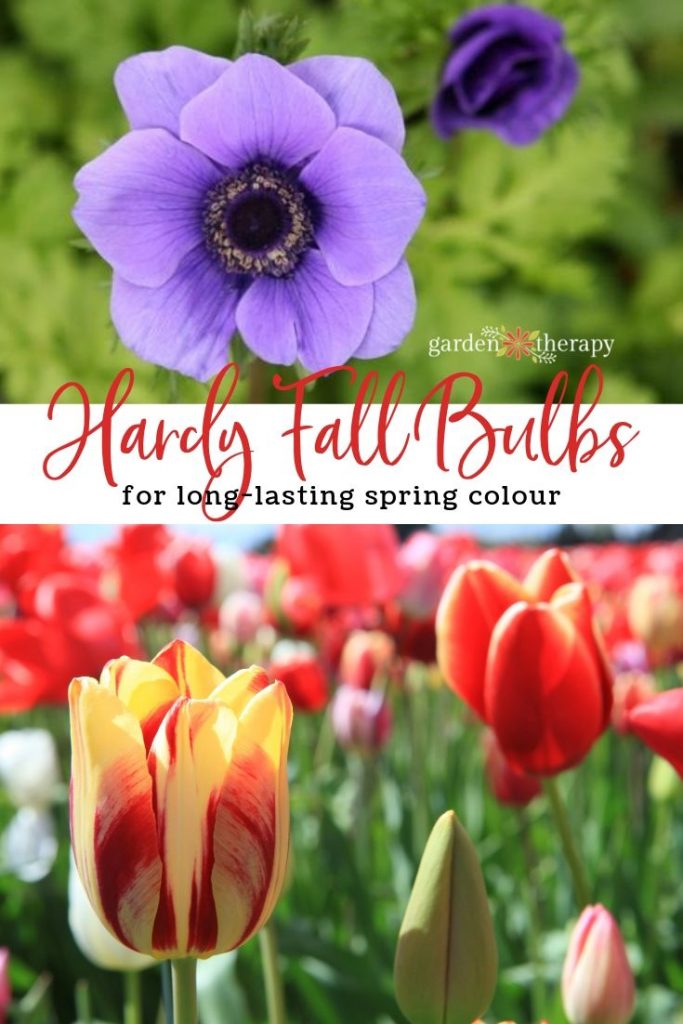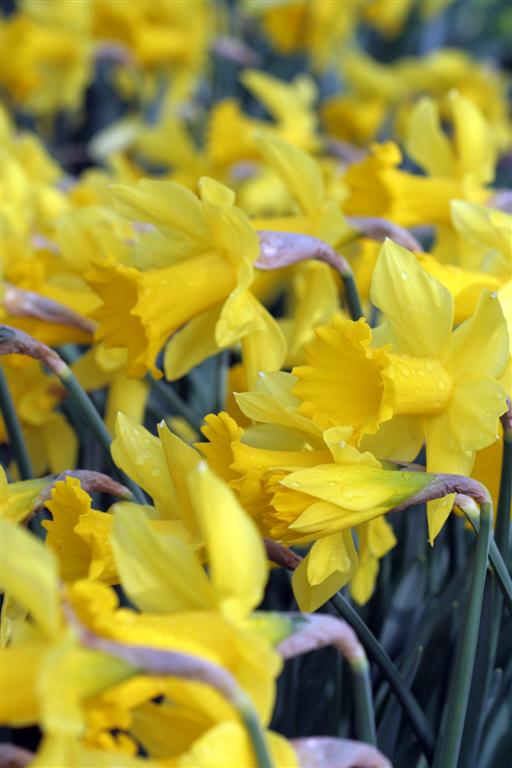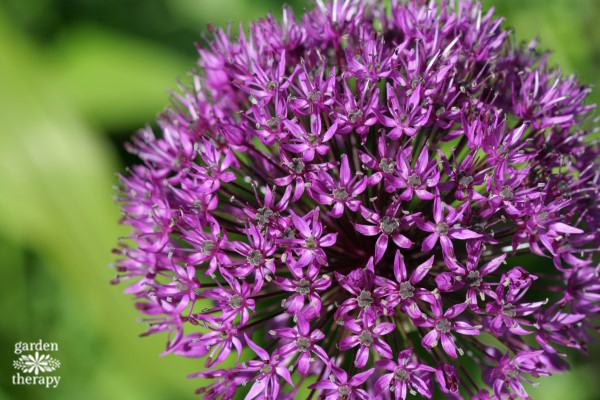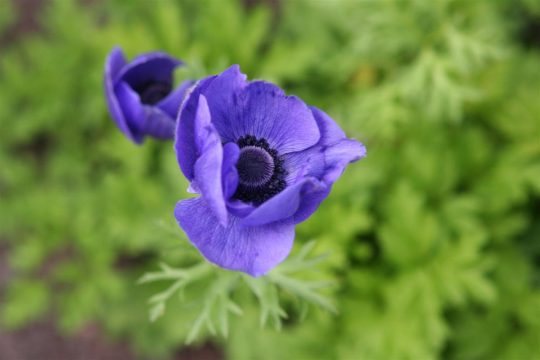I often find myself wandering around my garden in spring, immensely enjoying the brightly colored blooms popping up everywhere, many times, even through snow covered frosty ground. It’s during those times that I reap the benefit of taking the time the previous year to plant hardy fall bulbs that chill out for the winter and delight in the spring.

Bulbs are identified by the season they are planted, not that in which they grow, so with hardy fall bulbs, it is important to think ahead to what the garden will look like in future seasons and find the right space, color, height and number to create the design you desire.
Tulips
The butterfly of flowers, the tulip is decorative and delicate, with as much variety in appearance as the gardeners who plant them. Small or tall, early or late blooming, ruffled or smooth, multicolored or striped, the tulip is the perfect show piece for almost any garden. The hardest thing about growing tulips is how to choose which ones. Check out these other posts on how to plant tulips and take a virtual tour of the Skagit Valley Tulip Festival.
Crocuses
One of the first fall bulbs braving the frozen soil, the crocus offers a taste of what’s to come while still covered in winter’s frost. Generally crocuses range the charts of purple and yellows, but blues, whites, and oranges can also be found. The shortys are best in the front of flower beds, but I absolutely love crocuses livening up the ground under a deciduous (as they bloom before the leaves grow), or wildly dotted through a green lawn.

Narcissus
Bearing the same name as the Greek God who fell in love with his own reflection, the Narcissus is a true symbol of beauty. Many may be familiar with the standard yellow Daffodil (a common English name), but the genus also includes a variety of 50 to 100 frilly gems in yellow, white, orange, and everything in-between.

Alliums
Alliums are in the same family as the onion, yet the decorative varieties don’t have edible bulbs. What they do have is have is fascinating blooms with structures that decorate the garden long after the flower has faded. While there are over 750 species, some are wild, some are edible, and a few are absolute showstoppers in a garden. Read more All About Alliums.

Anemones
If you fondly remember picking buttercups at as child, you’ll adore the grown up version, Anemones, meaning “daughter of the wind” in Greek. These delicate low-growing blooms will surely perk up the front border with rich color and what seems to be an all-knowing eye dramatically darkening the center.

But wait! There are more bulbs to love!
- Preparing Fall Bulb Planters for Spring
- Protect Your Garden from Vampires: How to Grow Garlic
- Beyond Tulips: Extraordinary Fall Bulbs You Need to Grow!
- Fall Container Care and Maintenance + DIY Container Ideas
- Bring on Spring! How to Force Spring Bulbs Indoors
- Plant Summer-Blooming Bulbs in the Spring for an Outstanding Display This Year




A couple of years ago I planted over 100 spring bulbs, but the squirrels ate almost all of the bulbs before I ever got to see them bloom. Can you suggest any good, but environmentalally safe prevention methods? Thanks!
I would say get a cat, but I know you have one :). You can instead use chicken wire of bird netting to cover the soil after planting. Be sure to stake it down to hold in in place. And if that doesn’t work, get another cat :).
It looks silly, and the neighbors may wonder what’s going on, but I found putting plastic forks in, tines up, around my bulbs kept all the critters away! I, too, had critters eat all my bulbs and I was devastated. But after I put forks in, I had none stolen 😊